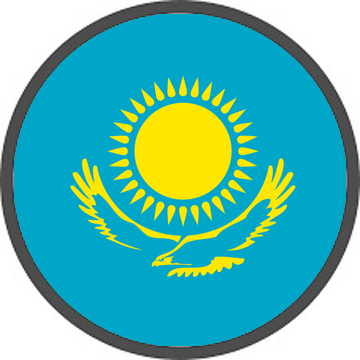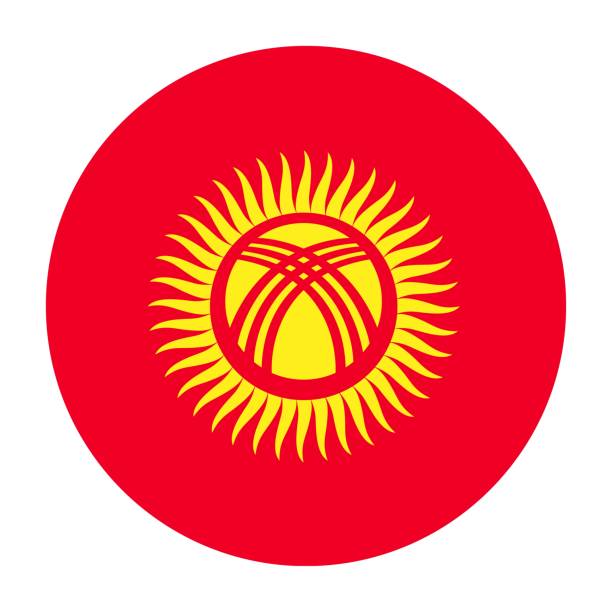Indian Institutional Ranking Framework (IIRF) University Ranking 2023
According to the Indian Institutional Ranking Framework (IIRF), Jawaharlal Nehru University (JNU) in New Delhi is the top-ranking university in India in the category of Central Universities (Overall) for the year 2023. This renowned ranking underscores JNU’s dedication to higher education and research excellence. The IIRF rankings are an important standard for evaluating colleges across numerous dimensions, and they provide vital insights into the country’s educational scene.
Ranking of Central Universities
JNU takes the top spot.
Jawaharlal Nehru University has won the coveted top spot in the Central Universities (Overall) category, thanks to its excellent professors, cutting-edge research, and inclusive environment. This accomplishment demonstrates JNU’s persistent commitment to academic quality, innovation, and intellectual freedom. The university’s dedication to cultivating a lively academic community has drawn outstanding students and renowned scholars from all around the country.
Other Top Central Universities
Following JNU are Banaras Hindu University (BHU) in Varanasi and Aligarh Muslim University (AMU) in Aligarh. BHU and AMU have a great history of contributing to the growth of knowledge and the empowerment of their students.
Northeastern Universities’ Outstanding Performance
Notably, the northeastern area of India has had a strong showing in the IIRF rankings, with six universities ranking in the top 20 in the Central Universities (Overall) category. Mizoram University in Aizawl is ranked 13th, closely followed by Tezpur University in Sonitpur, Assam, which is ranked 14th. North-Eastern Hill University in Shillong is ranked 15th, and Rajiv Gandhi University in Itanagar is ranked 16th. Sikkim University in Gangtok and Assam University in Silchar have also demonstrated their academic prowess by ranking 18th and 19th, respectively. The remarkable performance of these universities shows the region’s growing prominence as an educational hub, as well as their commitment to encouraging intellectual progress in their respective states.
Top Central Universities(Overall) According to the Indian Institutional Ranking Framework
| Rank | University | State |
| 1 | Jawaharlal Nehru University (New Delhi) | New Delhi |
| 2 | Banaras Hindu University (Varanasi) | Uttar Pradesh |
| 3 | Aligarh Muslim University (Aligarh) | Uttar Pradesh |
| 4 | Jamia Millia Islamia (Jamia Nagar) | New Delhi |
| 5 | University of Hyderabad (Hyderabad) | Telangana |
| 6 | University of Delhi (New Delhi) | New Delhi |
| 7 | Central University of Punjab (Bathinda) | Punjab |
| 8 | Visva Bharati University (Shantiniketan) | West Bengal |
| 9 | English and Foreign Languages University (Hyderabad) | Telangana |
| 10 | Central University of Rajasthan (NH-8, Ajmer) | Rajasthan |
| 11 | Babasaheb Bhimrao Ambedkar University (Rae Bareily) | Uttar Pradesh |
| 12 | Central University of Tamil Nadu (Neelakudi) | Tamil Nadu |
| 13 | Mizoram University (Aizawl) | Mizoram |
| 14 | Tezpur University (Sonitpur) | Assam |
| 15 | North Eastern Hill University (Shillong) | Meghalaya |
| 16 | Rajiv Gandhi University (Itanagar) | Arunachal Pradesh |
| 17 | Pondicherry University (Puducherry) | Puducherry |
| 18 | Sikkim University (Gangtok) | Ganktok |
| 19 | Assam University (Silchar) | Silchar |
| 20 | Central University of Kerala (Kasargod) | Kasargod |
Ranking of Private Universities According to the Indian Institutional Ranking Framework
DAIICT takes first place.
According to the IIRF institution Ranking 2023, the Dhirubhai Ambani Institute of Information and Communication Technology (DAIICT) in Gandhinagar, Gujarat, has emerged as the #1 private institution in India. DAIICT’s emphasis on technical breakthroughs, research-driven curriculum, and industry partnerships has moved it to the forefront of private university higher education. The institute’s dedication to developing qualified workers in the field of information and communication technology has been recognised and admired.
Ashoka University and Nirma University Follow Suit
Ashoka University in Sonipat, Haryana, has risen to second place among India’s private universities. Ashoka University, known for its multidisciplinary approach to education, has made a niche for itself in providing a complete learning experience to its students. Nirma University in Ahmedabad, Gujarat, has been ranked third among private universities, highlighting the state’s commitment to academic success.
Top state Private Universities
| Rank | University | City | State |
| 1 | DA-IICT University | Gandhi Nagar | Gujarat |
| 2 | Ashoka University | Sonipat | Haryana |
| 3 | Nirma University | Ahmedabad | Gujarat |
| 4 | AMITY University | Dadri | Uttar Pradesh |
| 5 | Shiv Nadar University | Dharwad | Karnataka |
| 6 | Shri Dharmasthala Manjunatheshwara University | Bengaluru | Karnataka |
| 7 | Azim Premji University | Noida | Uttar Pradesh |
| 8 | REVA University | Bengaluru | Karnataka |
| 9 | Chitkara University | Patiala | Punjab |
| 10 | Dayananda Sagar University | Bengaluru | Karnataka |
Ranking of Deemed Universities According to the Indian Institutional Ranking Framework
Top Performers in the Deemed Universities Category
The prominent Indian Institute of Science in Bengaluru has won the top place in the category of Deemed Universities (Govt. & Pvt.). The Indian Institute of Science, known for its emphasis on scientific research and innovation, has consistently been at the forefront of pushing limits in a variety of scientific disciplines. The Indian Agricultural Research Institute in New Delhi and Mumbai’s Homi Bhabha National Institute have also demonstrated their research prowess by achieving prominent rankings places.
The Indian Institutional Ranking Framework (IIRF) University Ranking 2023 has thrown light on India’s institutions’ excellent achievement. The fact that Jawaharlal Nehru University is ranked first among Central Universities (Overall) demonstrates its dedication to academic achievement and progressive principles. Furthermore, the outstanding performance of Northeastern universities as well as major private and deemed colleges illustrates the country’s diversified educational ecosystem. These rankings are a significant resource for students, parents, and policymakers in India, allowing them to make informed decisions about higher education opportunities.
























